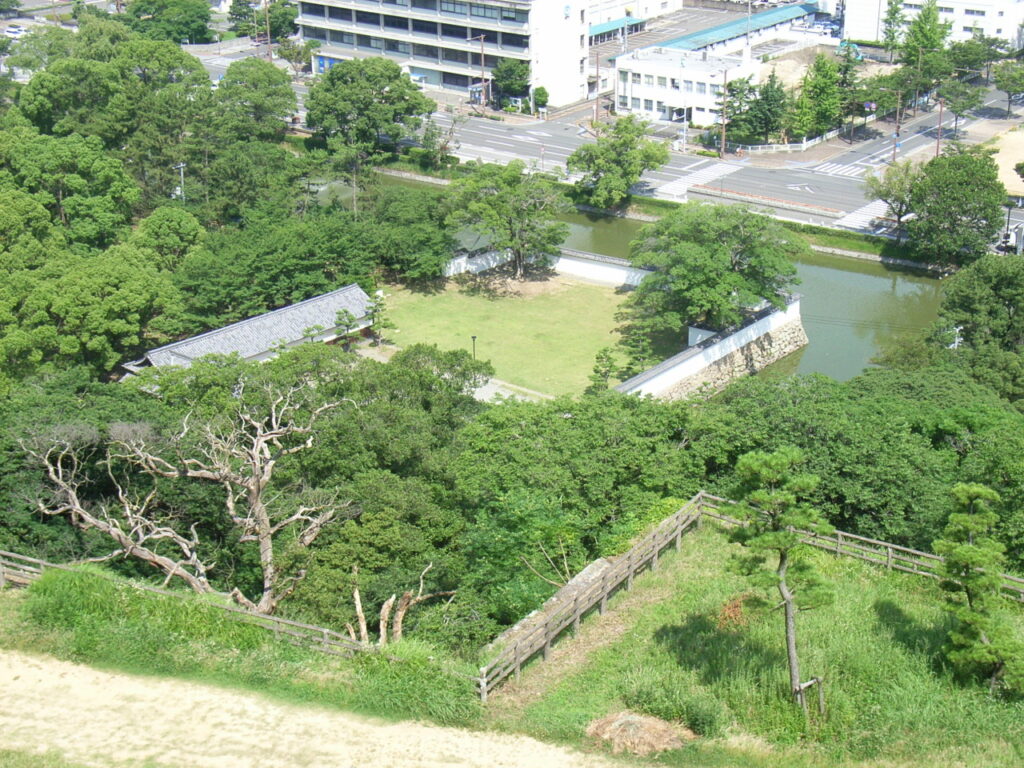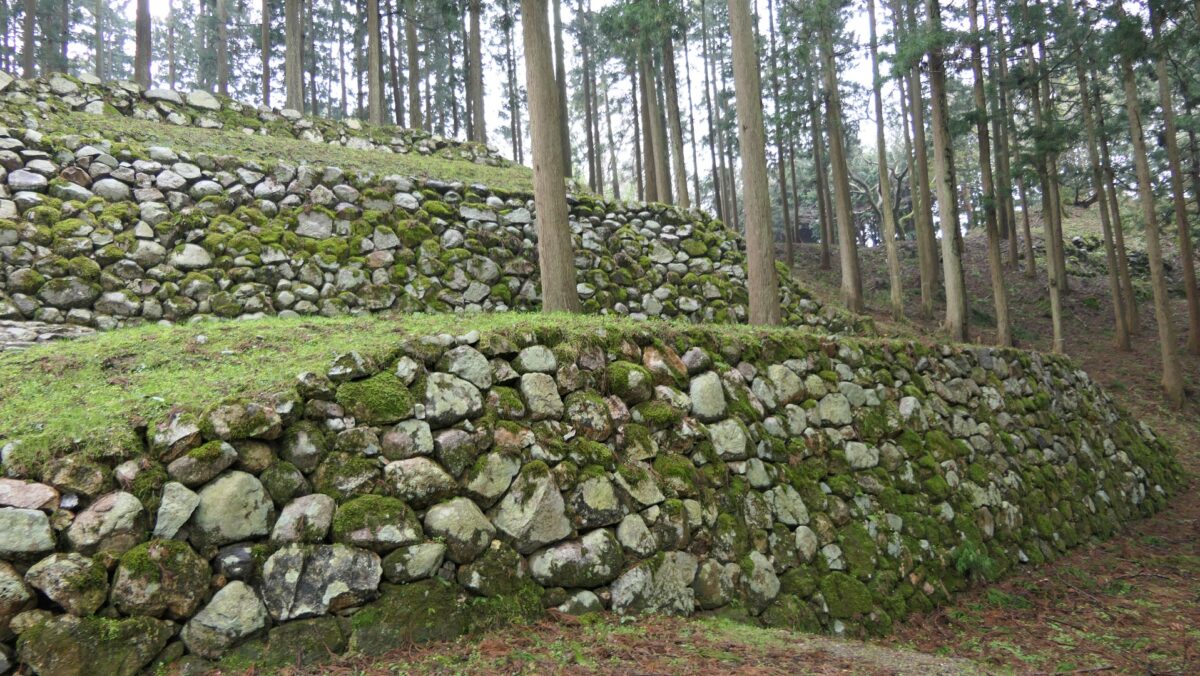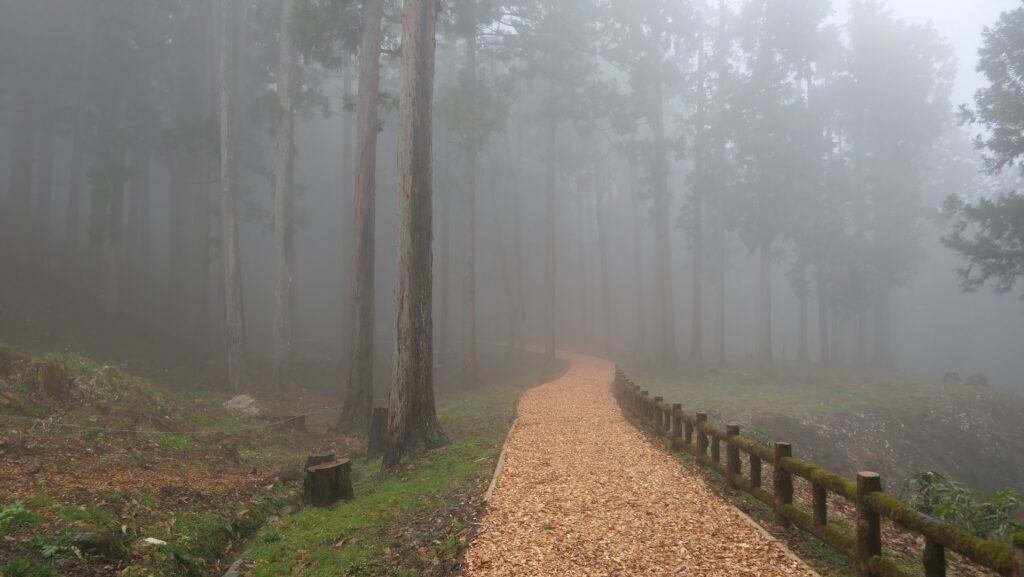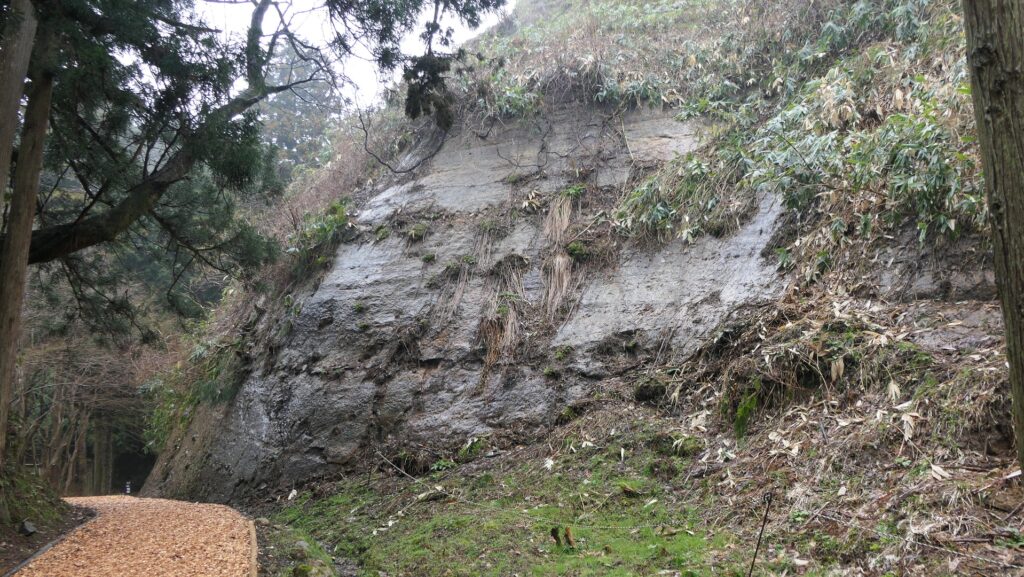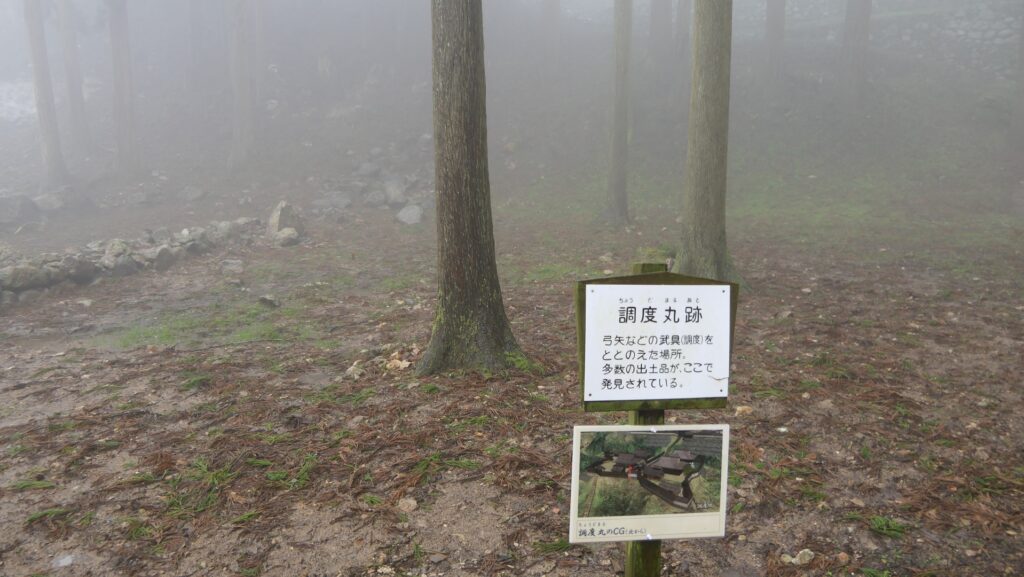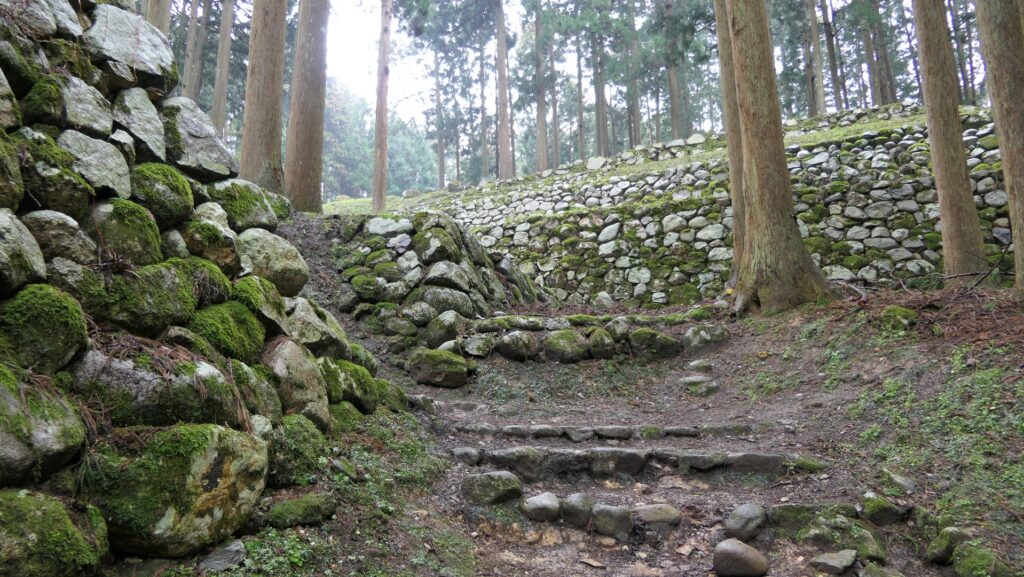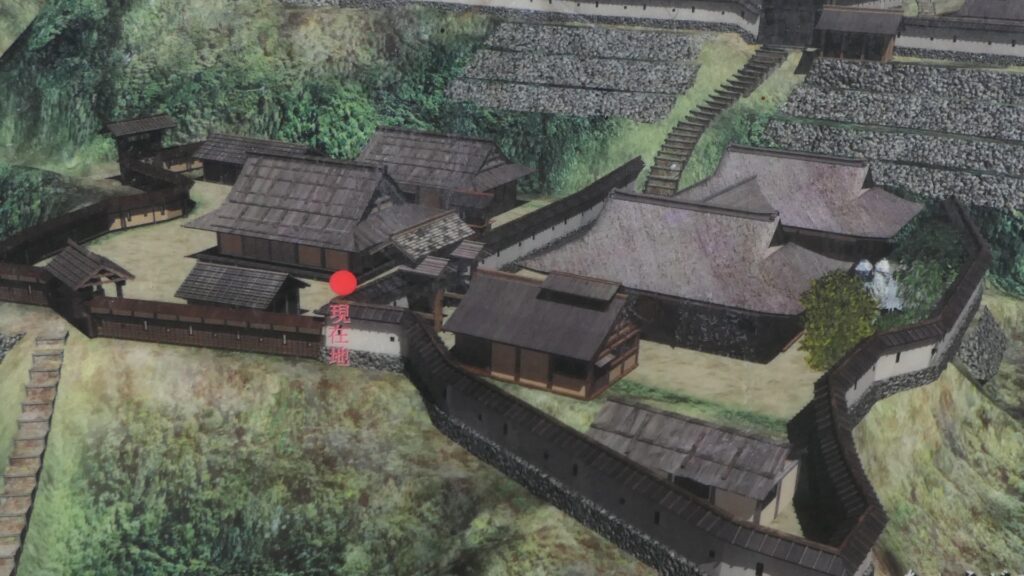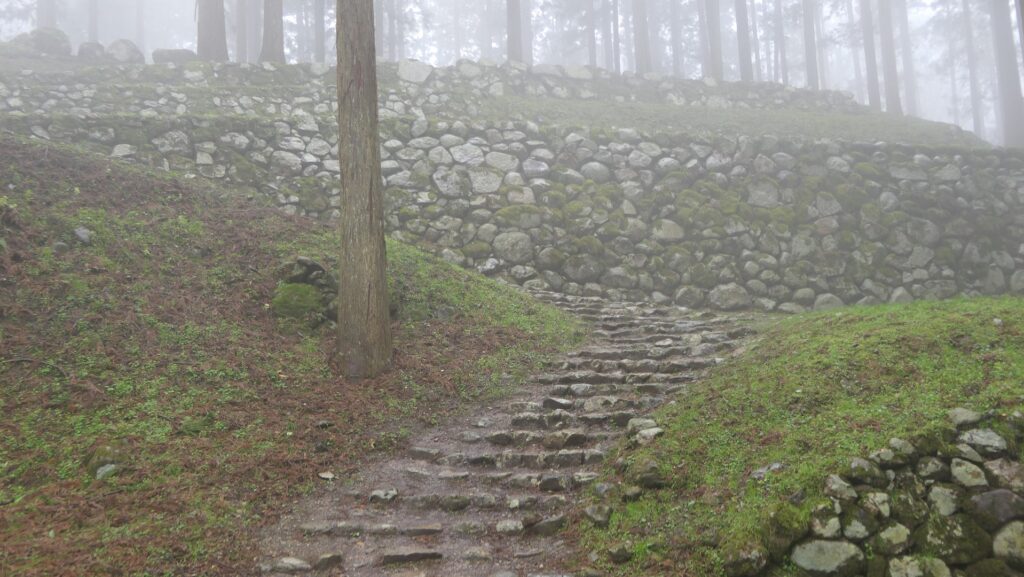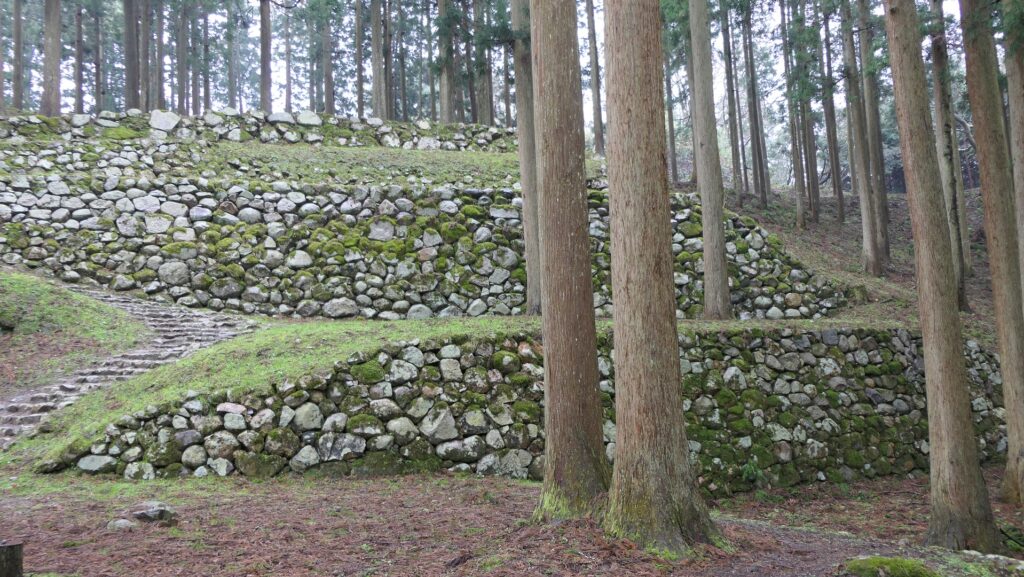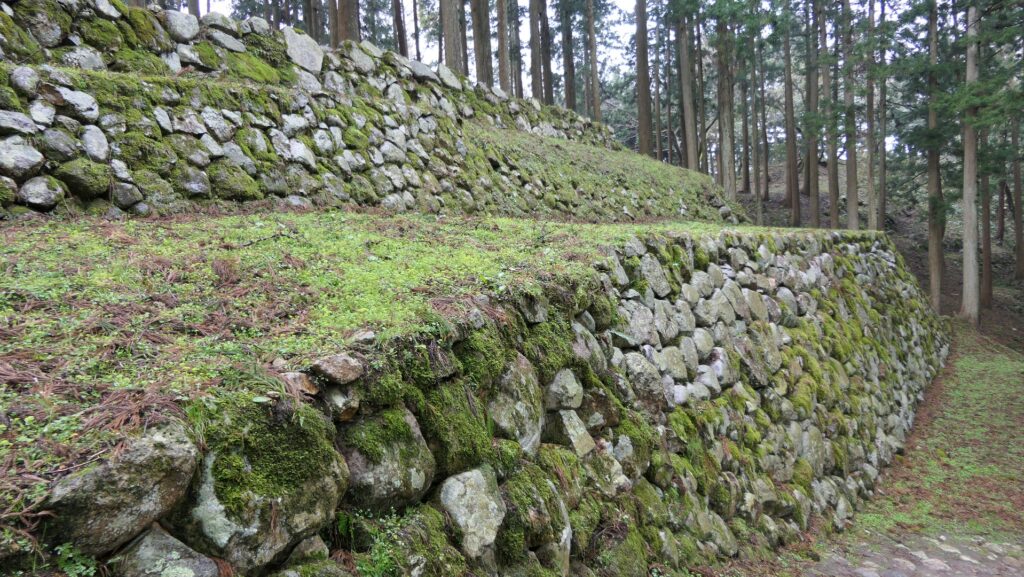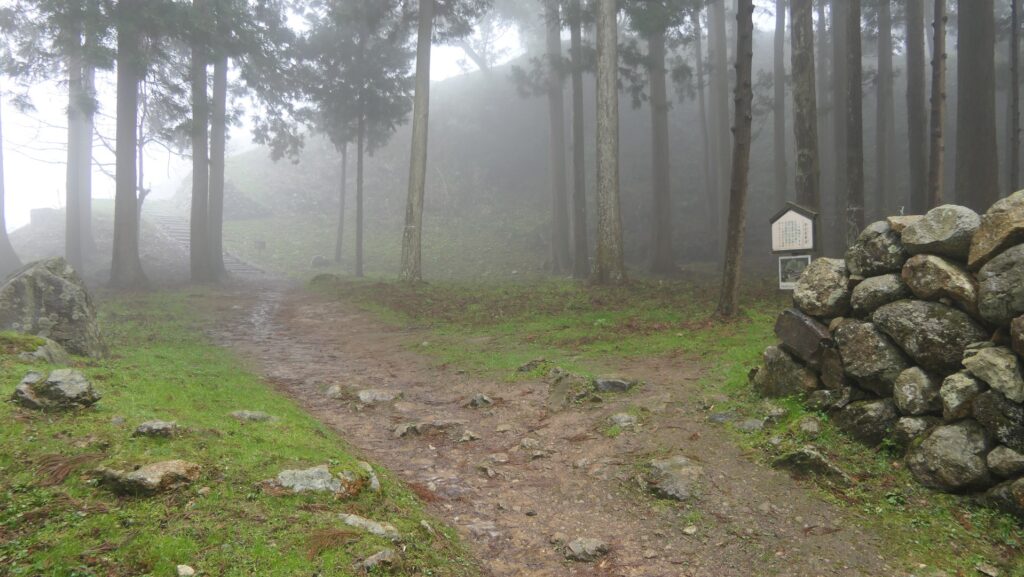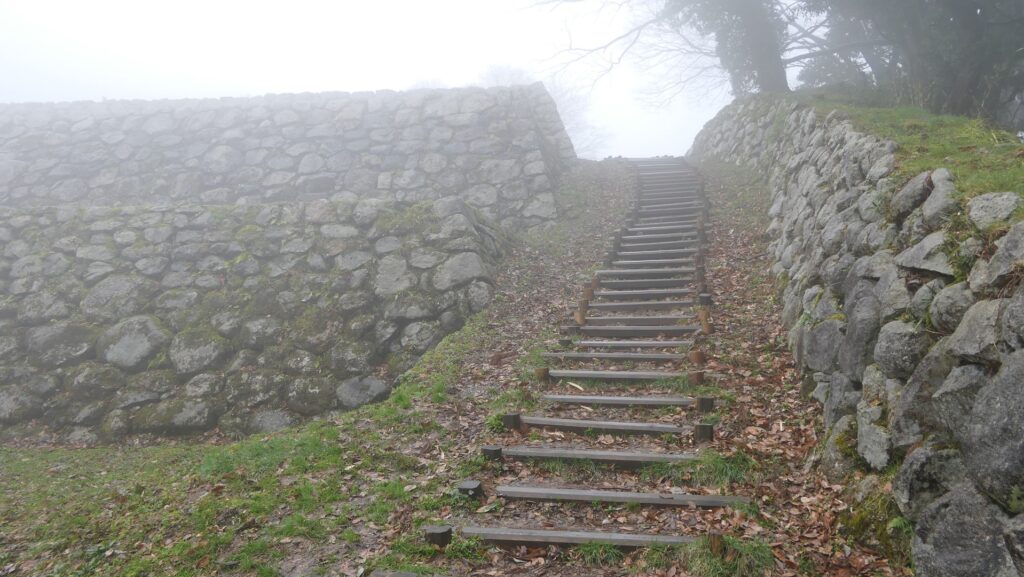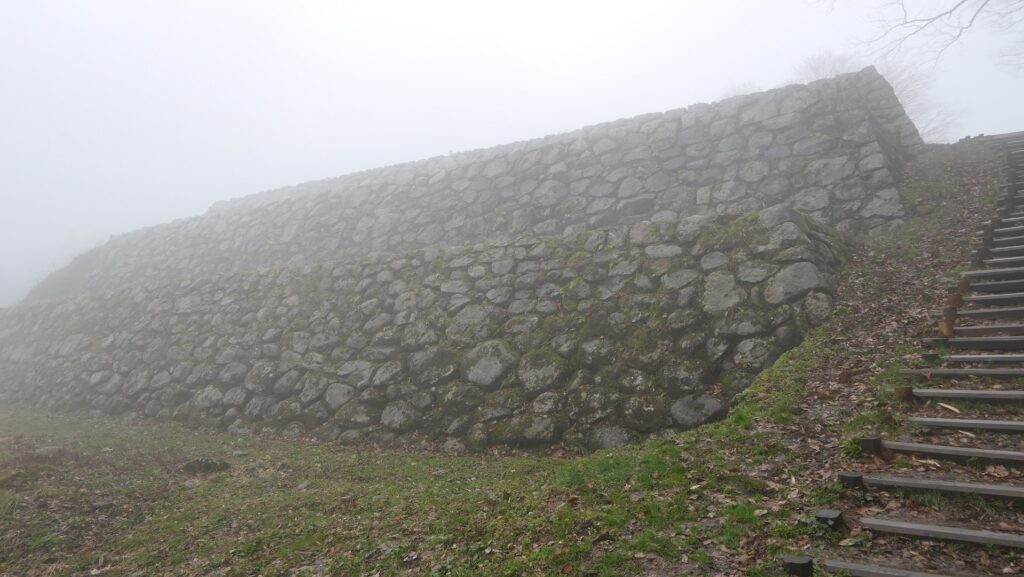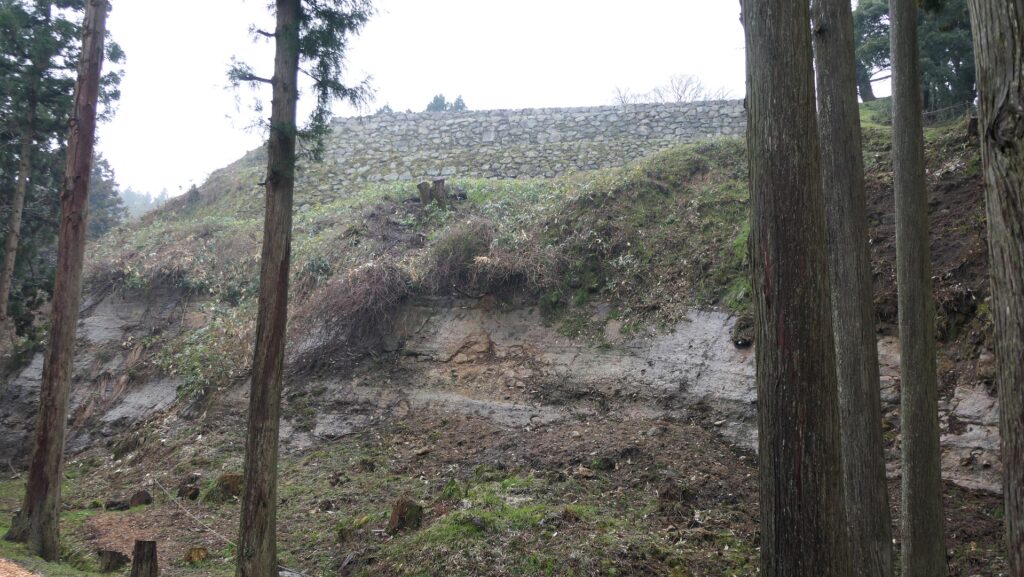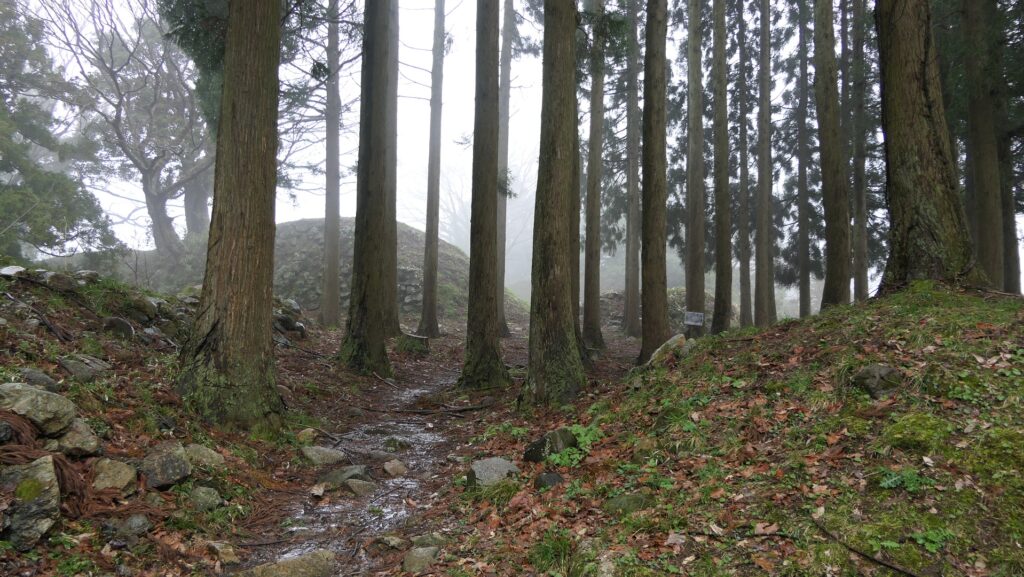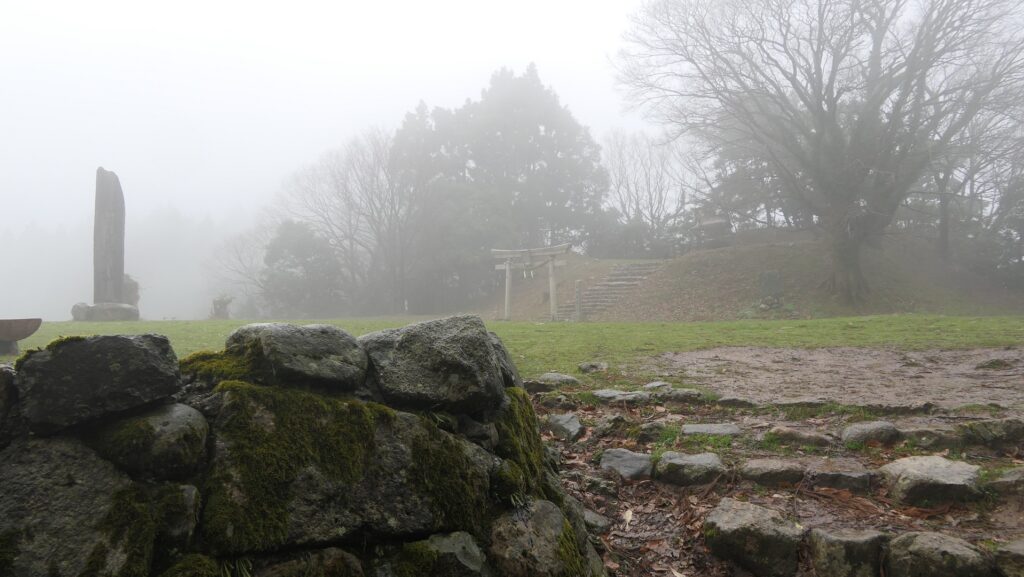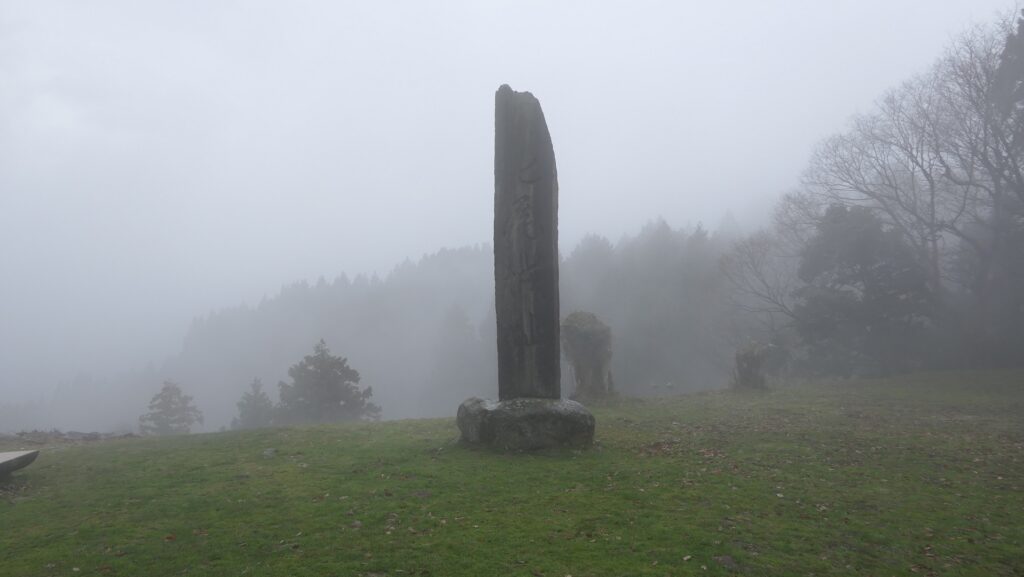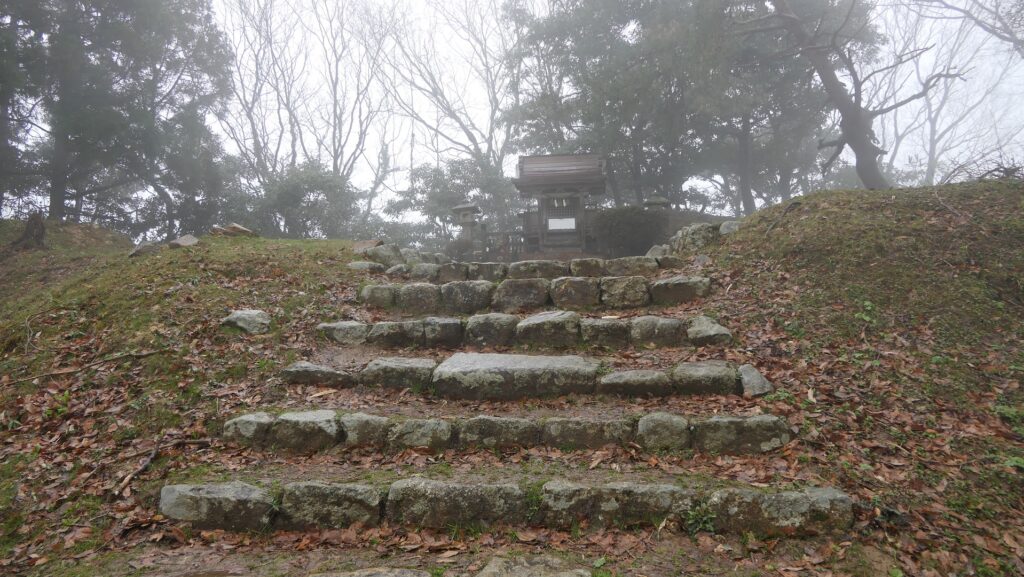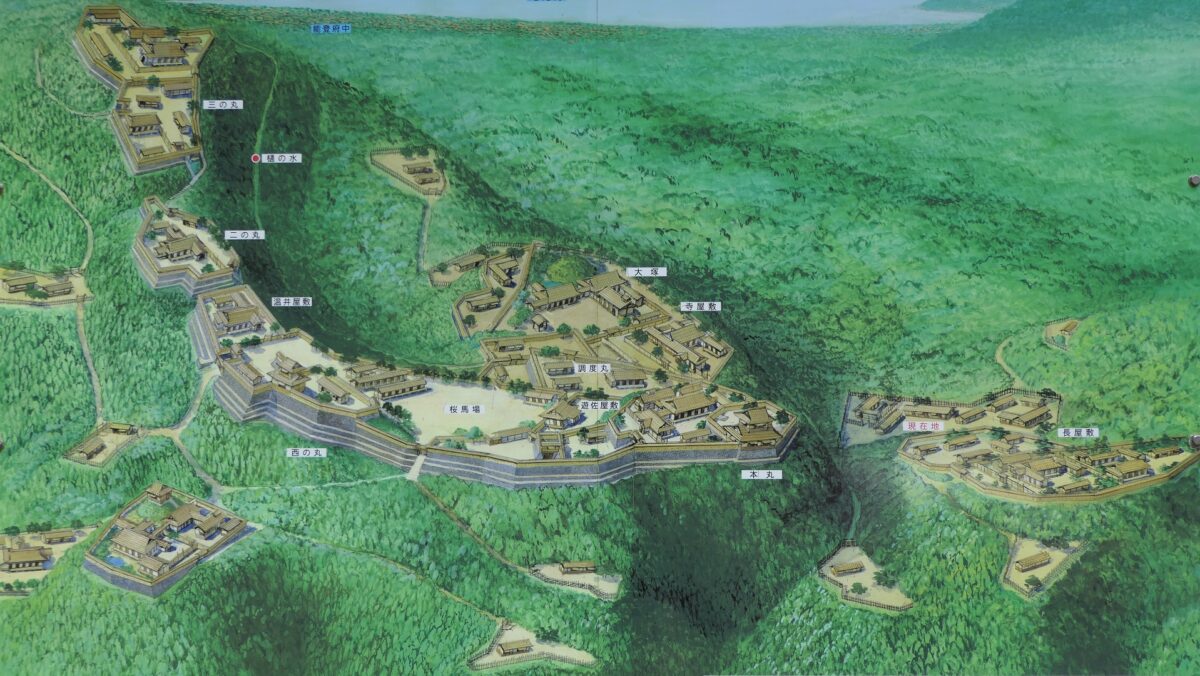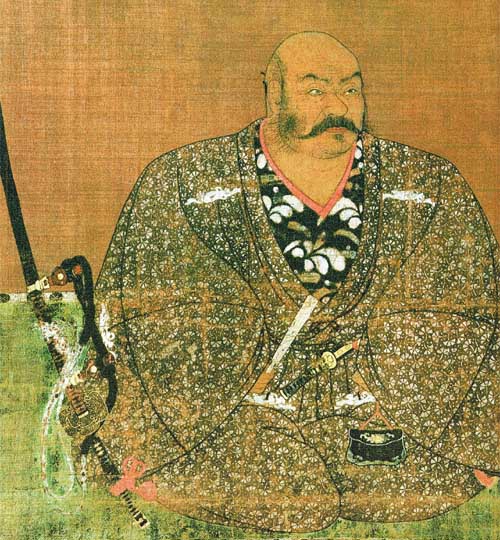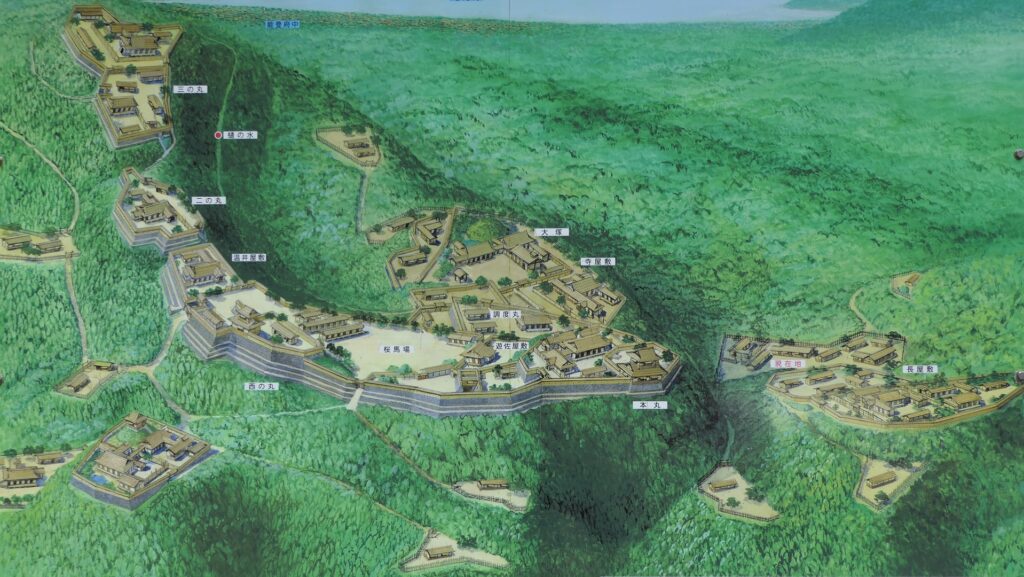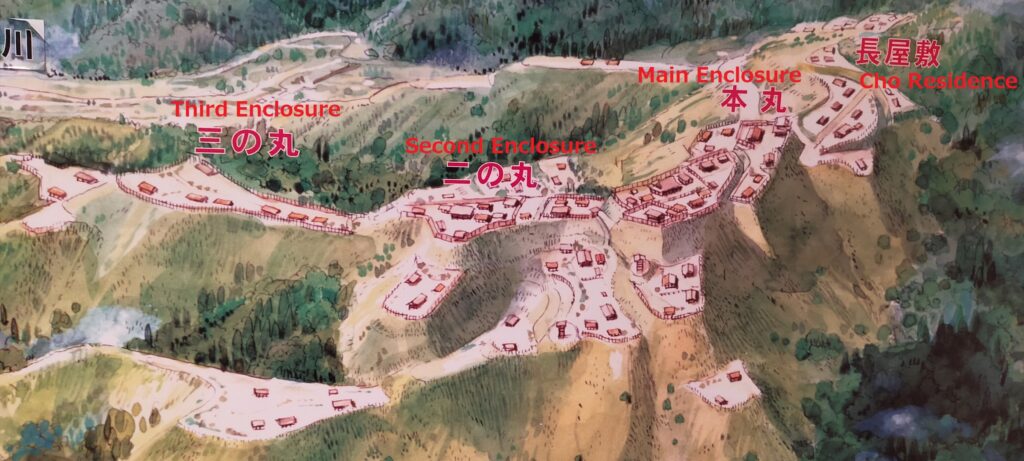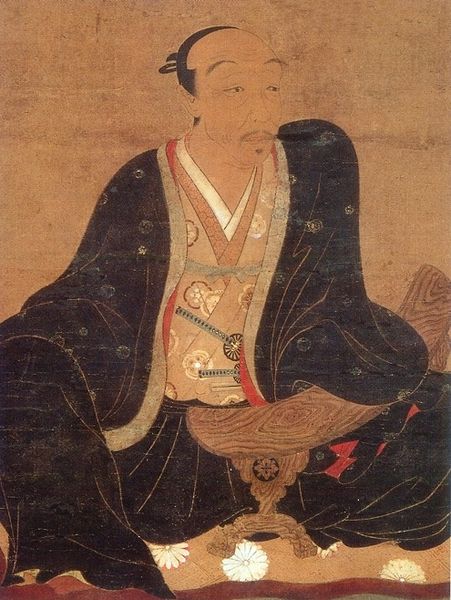Location and History
It starts as Branch of Takamatsu Castle
Marugame Castle was located on a mountain called Kame-yama which means tortoise mountain in the western part of the Sanuki Plain of Sanuki Province (what is now Kagawa Prefecture). The part of the plain has several mountains that stood out like a projection, for example, Ino-yama Mountain is known for its beautiful appearance as Sanuki-Fuji. Kame-yama Mountain is one of the mountains and much lower than the Sanuki- Fuji ( 66m vs 422m), but was more convenient for the warriors to build a castle on it.
The location of the castle The relief map around the castle
It is said that the Nara Clan first built a fortress on Kame-yama Mountan, but a castle named Marugame Castle was built on the mountain by the Ikoma Clan in 1597. The Ikoma Clan governed Sanuki Province under the Toyotomi Clan and the Tokugawa Shogunate later between 1587 and 1640. Marugame Castle was a branch castle of Takamatsu Castle which was the home base of the Ikoma Clan. However, Marugame Castle was once abandoned in 1615 in accordance with the Law of One Castle per Province by the Tokugawa Shogunate. The castle had unfortunately been destroyed as we found the wreckage of the old stone walls when the excavation was done.
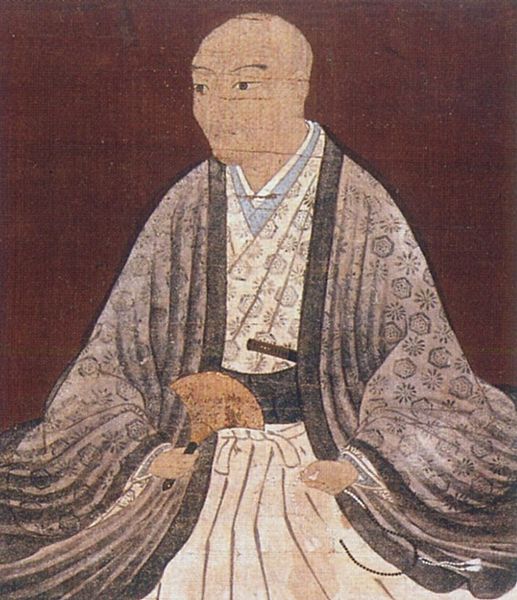

Rebuilt by Yamazaki Clan and Kyogoku Clan
After the Ikoma Clan was transferred to another due to their internal trouble in 1641, the Yamazaki Clan was given the western part of Sanuki Province by the Tokugawa Shogunate. The Yamazaki Clan was allowed to rebuild Marugame Castle for their new home base. They built the high stone walls with three tiers covering all around Kame-yama Mountain. The stone walls were also built with advanced technology and very valuable because building a new castle was basically not allowed at that time. The re-construction continued for 30 years. The Yamazaki Clan was unfortunately fired by the Tokugawa Shogunate in 1657 during the construction because they had no successor. The Kyogoku Clan following the Yamazaki Clan completed the construction building the Main Tower by 1663.
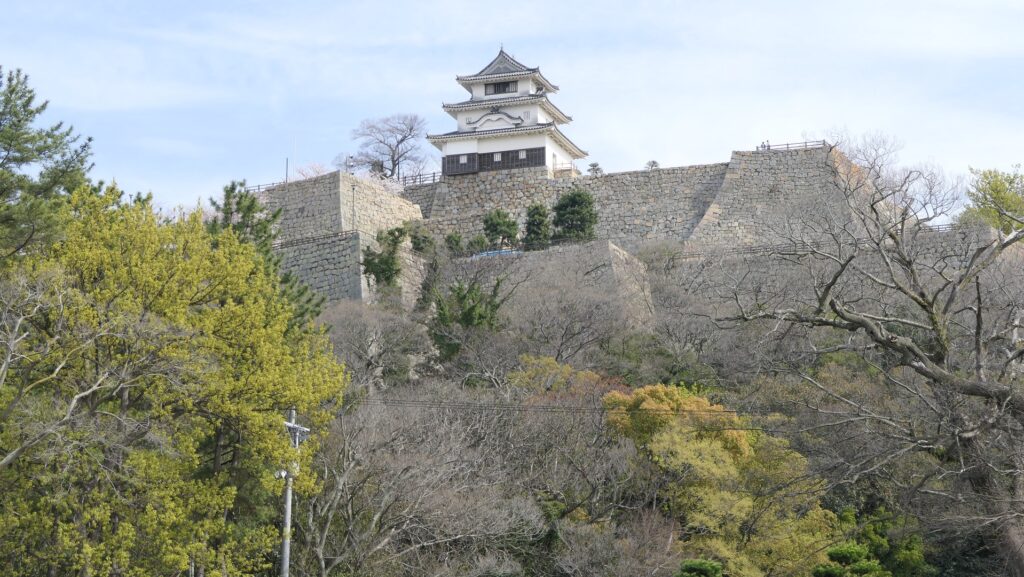
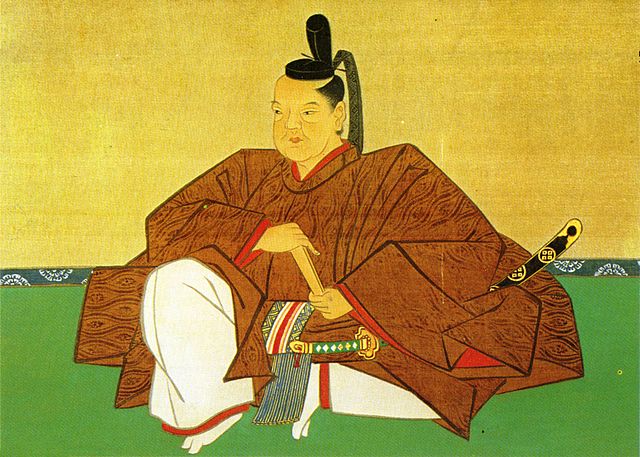
It looks like Stone Fortress
The final appearance of Marugame Castle was as the following. The Main Enclosure, the Second Enclosure and the Third Enclosure were on the mountain. All the enclosures were surrounded by the stone walls making the very high ones stick together. The Main Enclosure, which was at highest, had the Main Tower and the four Corner Turrets connected with the roofed passages called Tamon or the mud walls. The Second and Third Enclosures were below the Main Enclosure and they also had several turrets. The Inner Moat surrounded the mountain, the Main Gate was just inside the moat in the north, and the Back Gate was in the south. In addition, warriors’ houses were built outside the Inner Moat and were also surrounded by the Outer Moat.
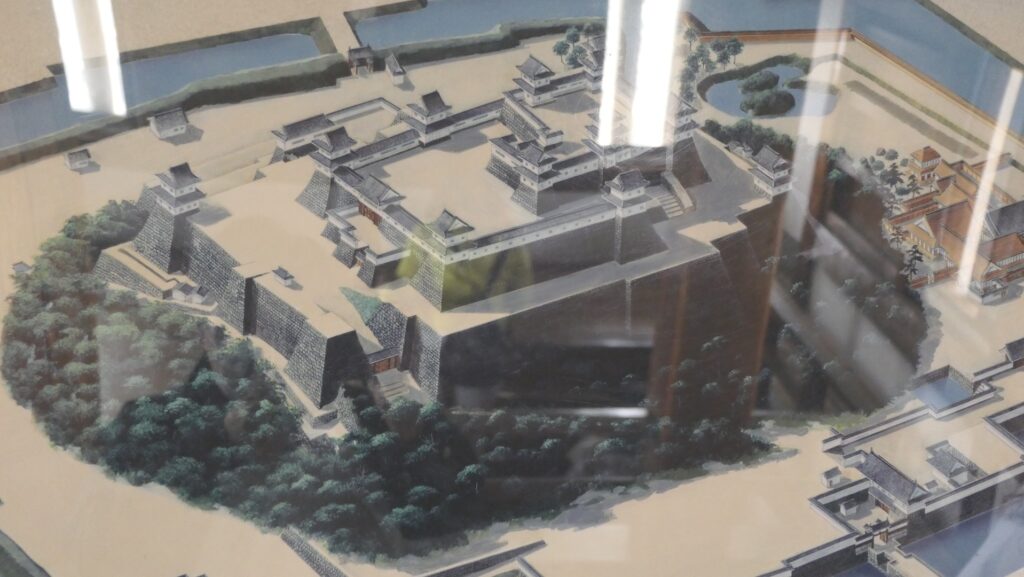
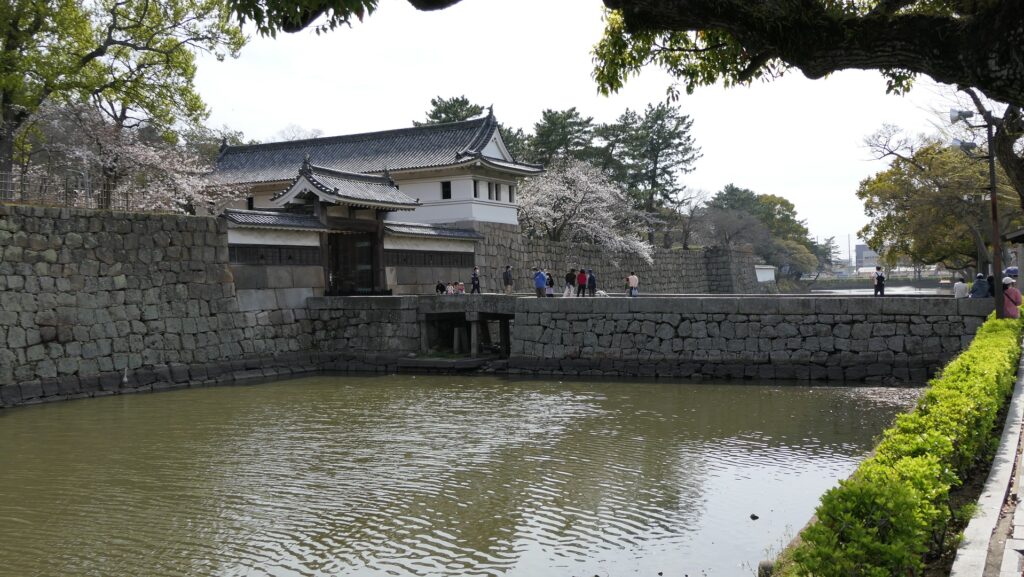
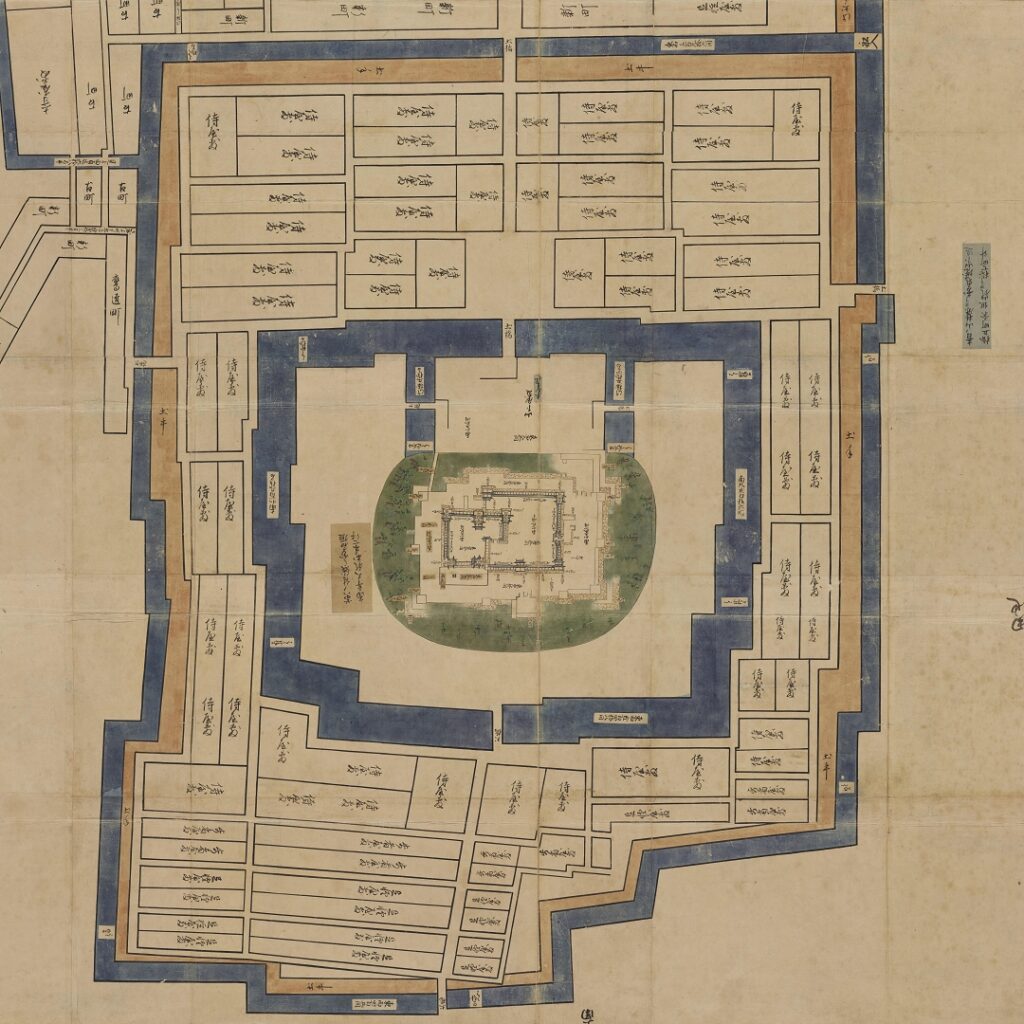
The Kyogoku Clan governed Marugame Castle and the Marugame Domain until the end of the Edo Period. In fact, the lord of the castle lived in the Main Hall at the foot of the mountain. That was a common way for the lords of the castles in peaceful time. Anyway, Marugame Castle must have looked like a stone fortress.
